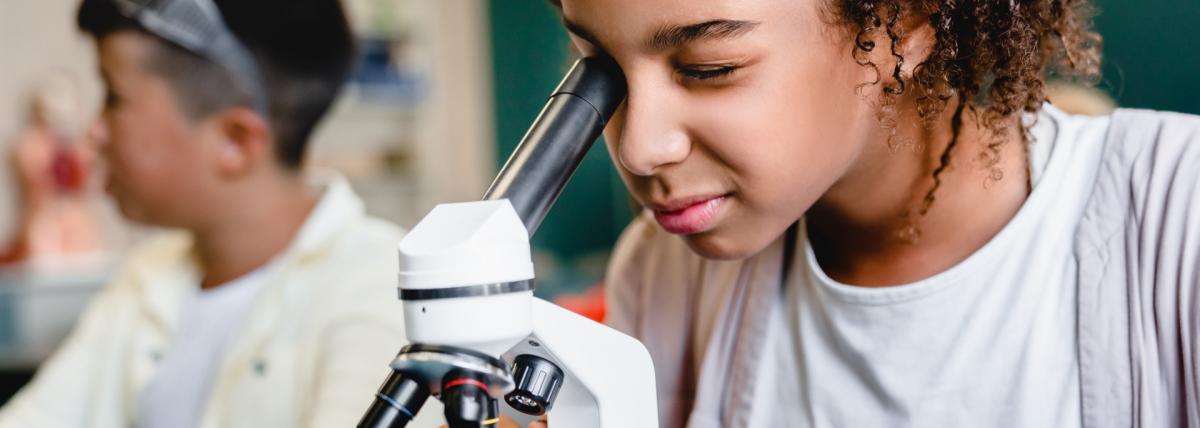
In this lesson, first-grade students will explore the concept of resource sharing in nature using dioramas. The lesson is designed to help students understand that living things, such as plants and

In this lesson, first-grade students will explore the concept of resource sharing in nature using dioramas. The lesson is designed to help students understand that living things, such as plants and

Lesson Description: In this first-grade lesson, we will learn about the amazing world of spiders! We'll start by exploring the life cycle of a spider, from when it hatches to how it grows and changes


Our planet recycles and reuses everything on it that is needed to support life. It is an amazing, giant recycling system called the biogeochemical cycle. You can actually model this on a small scale

This 45-minute lesson is an introduction to living vs nonliving things for kindergarten students. Students have the opportunity to use technology to capture photos of living and nonliving things

In this lesson, students will use their knowledge of engineering to design and build a greenhouse.

In this hands-on lesson, students learn about the types of microorganisms in water and how to sterilize the water. They analyze the data and create graphs. Students participate in a whole class and

This is the 3rd and final lesson in a series of 3. In this 8-week project, 6th-grade students will collaborate in small groups to create eco-friendly inventions that aim to reduce their carbon

This is the 2nd lesson in a series of 3. In this 8-week project, 6th-grade students will collaborate in small groups to create eco-friendly inventions that aim to reduce their carbon footprints and